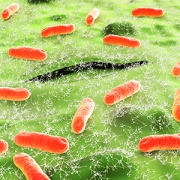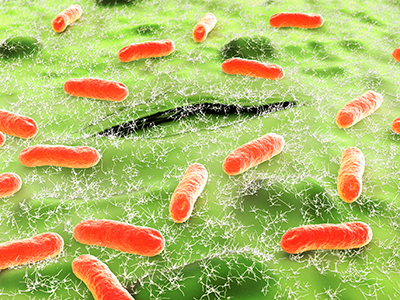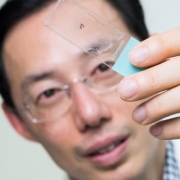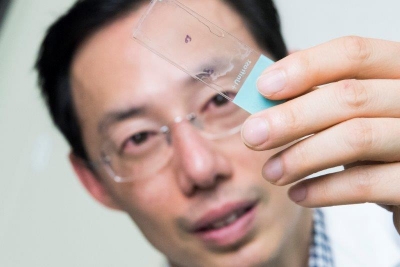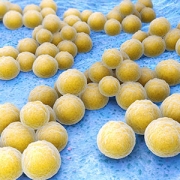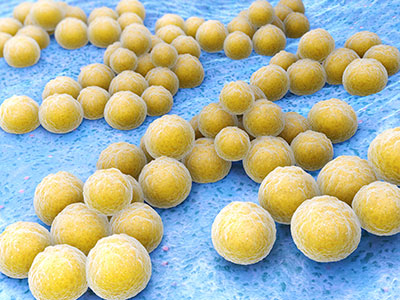Parasite-derived molecule could accelerate recovery from UTI
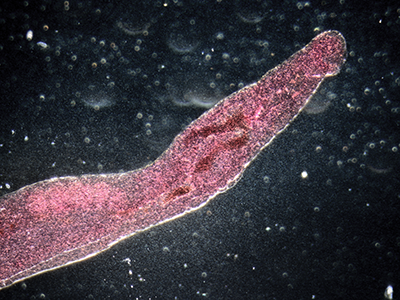
Eggs from S. haematobium may produce the molecule IPSE to reduce the immune response against them, which happens to dampen UTI-induced bladder inflammation.
IPSE, a urogenital parasite-derived immunomodulatory molecule, can suppress bladder pathogenesis and anti-microbial peptide gene expression in bacterial urinary tract infection (UTI) according to a new study led by Michael Hsieh, Ph.D., director of Transitional Urology at Children’s National Hospital.
Half of all girls and women, and about 5% of boys and men, will have at least one urinary tract infection (UTI) in their lifetimes.
“Although antibiotics are very helpful for these infections, there are concerns that overuse of antibiotics may contribute to antibiotic-resistant infections,” Dr. Hsieh said. “There are also concerns that antibiotic therapy for UTI does not uniformly resolve infection-induced or inflammation-associated symptoms quickly.”
Parasitic infections are often associated with bacterial co-infections for unclear reasons. This may be true for urogenital schistosomiasis (caused by Schistosoma haematobium infection) and bacterial urinary tract co-infection (UTI), the study noted. Dr. Hsieh and other leading experts previously reported that this co-infection is facilitated by S. haematobium eggs triggering interleukin-4 (IL-4) production and sought to dissect the underlying mechanisms.
“Despite S. haematobium’s ability to make hosts more susceptible to UTI, we have identified IPSE, a bladder parasite protein, as a potential anti-inflammatory agent to accelerate recovery from UTI,” Dr. Hsieh explained. “S. haematobium eggs may produce IPSE to reduce the immune response against them, which happens to dampen UTI-induced bladder inflammation. It may be possible to develop IPSE as novel therapeutic to accelerate recovery from UTI.”
The study’s data showed that IPSE may play a major role in S. haematobium-associated urinary tract co-infection, although in an unexpected way. The study’s findings also indicated that IPSE either works in concert with other IL-4 -inducing factors to increase susceptibility of S. haematobium-infected hosts to bacterial co-infection or does not contribute to enchaining vulnerability to this co-infection.
You can find the full study published in Parasites and Vectors. Learn more about the Children’s National Department of Urology.





